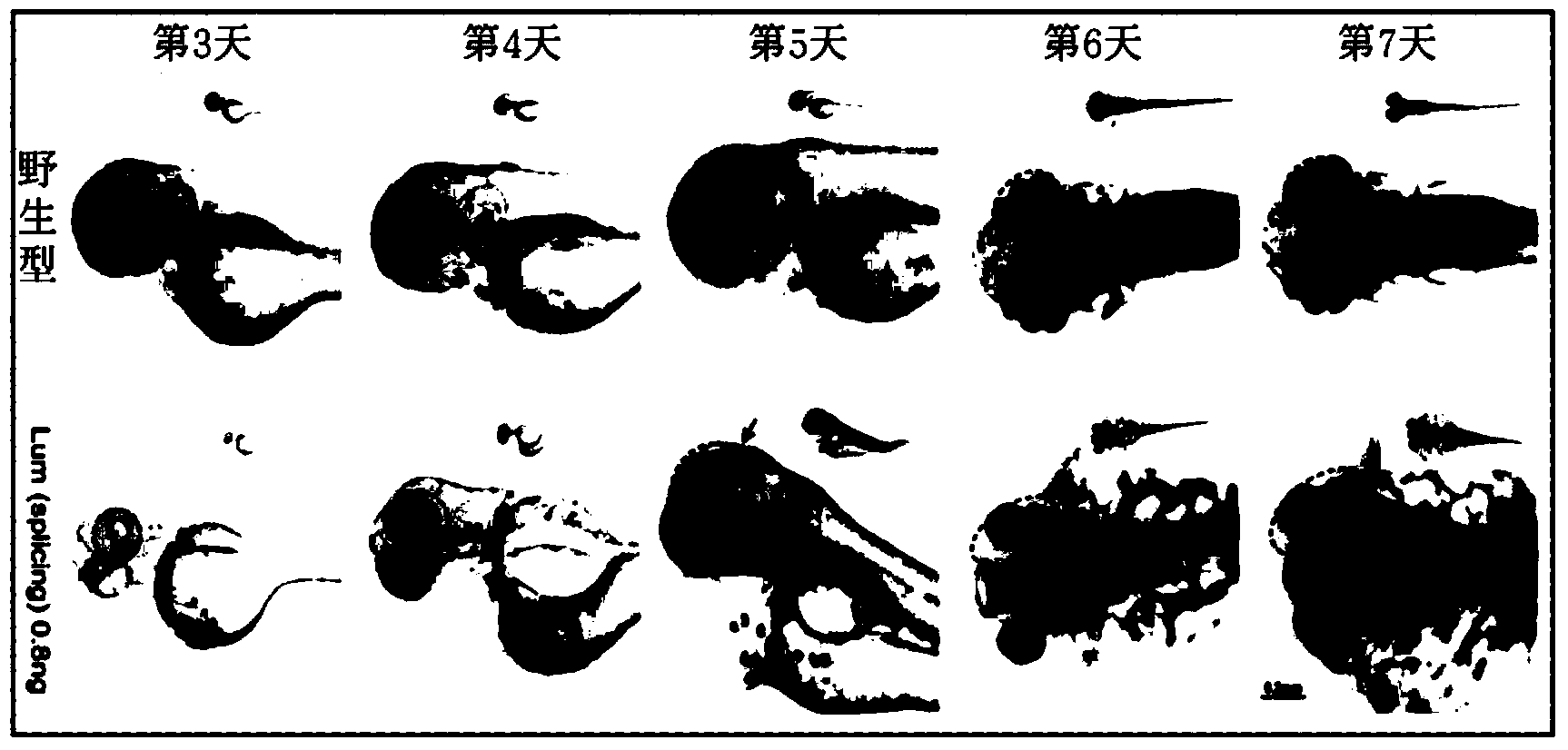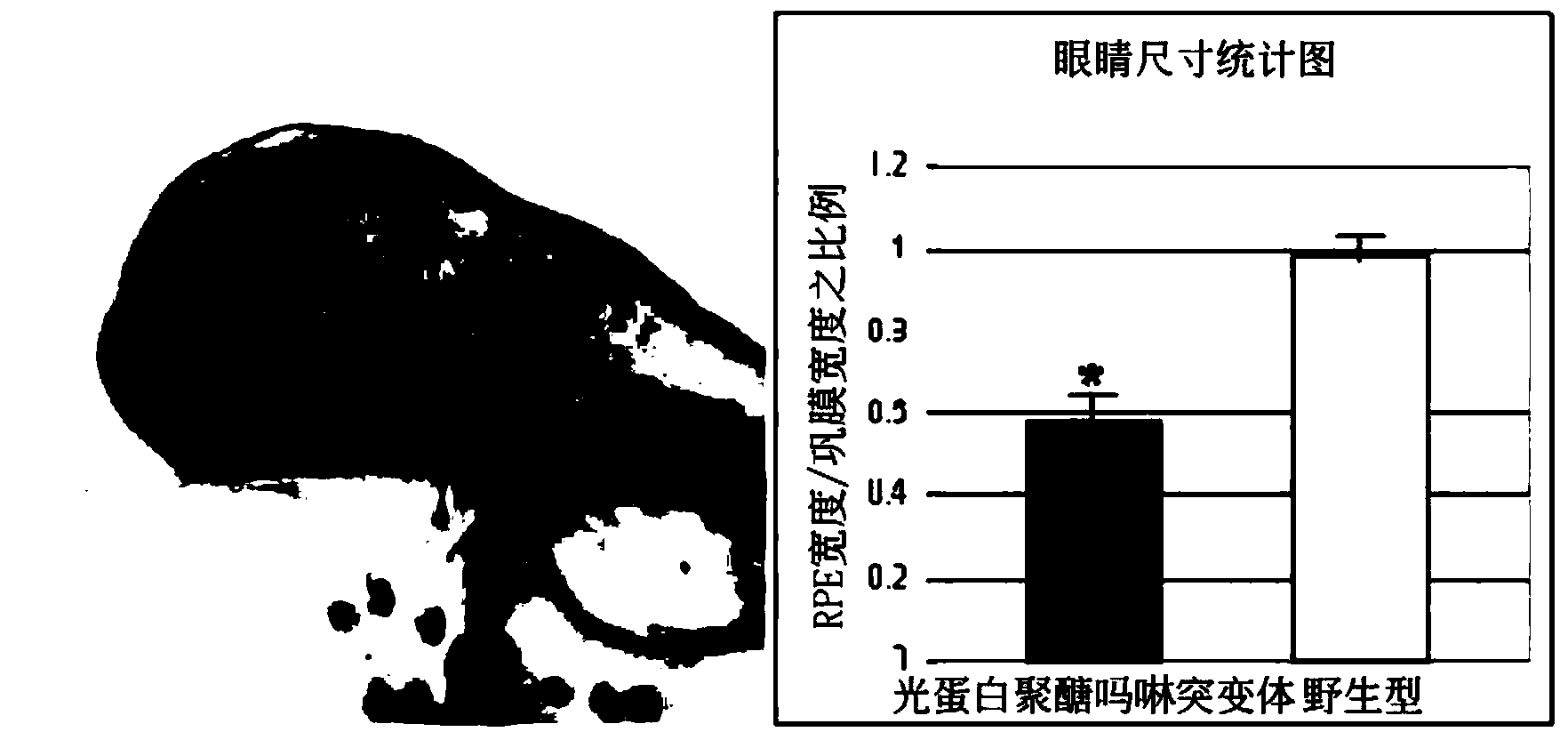Methods for drug screen using zebrafish model and the compounds screened thereform
A technology of medicine and prodrug, applied in the field of drugs and candidate compounds for the treatment and/or prevention of myopia and/or keratoconus disease, which can solve problems such as blurred vision
- Summary
- Abstract
- Description
- Claims
- Application Information
AI Technical Summary
Problems solved by technology
Method used
Image
Examples
Embodiment
[0206] Materials and Methods
[0207] aquatic culture
[0208] Zebrafish were cultured and maintained according to previously established methods (References: Soules KA, Link BA. Morphogenesis of the anterior segment in the zebrafish eye. BMC Dev Biol 2005; 5:12). All experiments were performed with zebrafish of the Tuebingen AB strain, cultured at 28°C with a 14-hour light and 10-hour dark cycle and maintained by standard methods. These embryos are staged according to phenotypic criteria (number of somites) (ref: Kimmel CB, Ballard WW, Kimmel SR, et al. Stages of embryonic development of the zebrafish. Dev Dyn 1995; 203(3): 253- 310), and timed in hours after fertilization. Embryos were produced by natural pair mating as described in the Zebrafish Reference Manual (References: Westerfield M. The zebrafish Book; A Guide for the Laboratory Use of zebrafish (Brachydanio rerio). University of Oregon Press, Eugene, 2nd edition 300P ., 1993). For each mating, 4±5 pairs were set...
PUM
 Login to View More
Login to View More Abstract
Description
Claims
Application Information
 Login to View More
Login to View More - R&D
- Intellectual Property
- Life Sciences
- Materials
- Tech Scout
- Unparalleled Data Quality
- Higher Quality Content
- 60% Fewer Hallucinations
Browse by: Latest US Patents, China's latest patents, Technical Efficacy Thesaurus, Application Domain, Technology Topic, Popular Technical Reports.
© 2025 PatSnap. All rights reserved.Legal|Privacy policy|Modern Slavery Act Transparency Statement|Sitemap|About US| Contact US: help@patsnap.com



